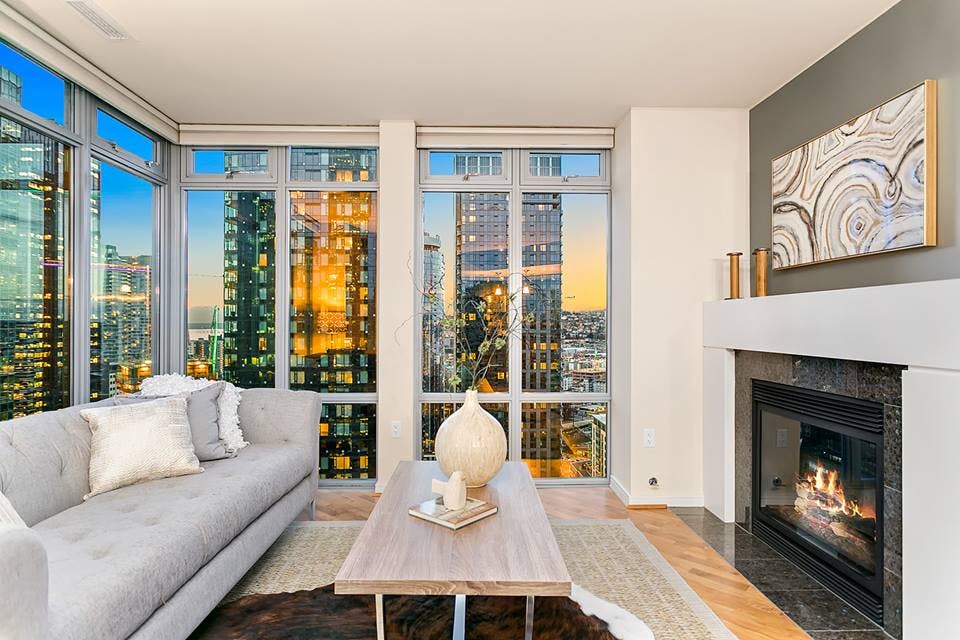When it comes to real estate photography, having the right gears make a huge difference in the quality of output that you deliver. The right camera and the right lenses, along with other accessories, are necessary tools to help you get started in the industry. Altogether, they create the perfect image with the quality that your clients would want.
Of course, post-processing is a different story. But, having the right tools will allow you to venture into this industry.
Cover the bases
Make sure that you got the bases covered. You can start off with real estate photography even at the lowest possible cost. Get an affordable DSLR or mirrorless camera that allows you to change lenses and manually control settings. Don’t ever toy around with the idea of using a point-and-shoot camera. This is your primary gear and you need to invest a little bit on a good performing camera body.
Aside from the camera, you would need at least one flash. Lighting is of utmost importance in real estate photography. Dark interiors are usually the main concerns for real estate photo shoots. You cannot afford not having a flash when doing interior shots. Eventually, you might need more flashes and even continuous light sources especially when you’re dealing with bigger spaces.
A sturdy tripod will be your best friend during your photo shoots. Make sure that it is able to carry the weight of your camera body, lens, and flash. Those with bubble levels will even be more useful to you as you try to level and adjust every shot that you take.
Best lenses for real estate photography
Another gear that you need to invest in is your lens. The best optics often deliver the best images. This is what you need in order to get satisfied clients. Although you can work with just one camera lens, it would be best to have different lenses depending on the location of your shoot.
Here are some of the lenses that you will need when starting out in real estate photography:
• Kit lens. Most DSLRs come with a kit lens when purchased. Although this is not wide enough for interiors, you can use this in shooting exteriors. This can be a handy extra lens whenever you need to shoot some details on a property or in an interior.

• Wide-angle lens. The wide-angle lens that you’ll need will depend on the kind of camera body that you have. Make sure that you know your camera well enough. If you have a cropped camera body, then Nikon’s 12-24mm or Canon’s 10-22mm will do the trick. Tamron’s 10-24mm and Tokina’s 12-28mm are also great options if you are on a budget. For those with full-frame bodies, the Nikon 16-35mm and the Canon 16-35mm lenses are great options. Other alternatives are the Tokina 17-35mm and Tamron’s 15-30mm lenses.If you have a mirrorless camera, the Fujifilm XF 10-24mm lens and the Olympus 7-14mm work. An inexpensive option is the Rokinon 12mm lens. It’s best to keep in mind though that you don’t have to go super wide. This can also affect the image and you might end up with distorted photos. Your foreground will unrealistically dominate your image and your background might disappear in a distance. It still boils down to taste and how realistic the image looks like.

• Tilt-shift lens. This special lens can be an exciting gear to play around with. It creates a different miniature look to your subjects. The tilt-shift lens can be used in different types of photography. You can use it for portraits, wedding, and cityscapes. For real estate photography, you can use a tilt-shift lens for creating creative compositions. This also keeps verticals straight, which is very important in real estate photography. This can be done in properties with tall ceilings or when you’re photographing the exterior of a home. Canon and Nikon have their respective tilt-shift lenses. Canon has the 17mm and the 24mm tilt-shift lenses while Nikon has the 19mm and 24mm lenses. An inexpensive alternative is Rokinon’s 24mm tilt-shift lens.

Once you have all the necessary tools in starting real estate photography, the next challenge would be mastering all of your equipment. It will definitely take a lot of practice and experiment in order to get used to this industry. But, it’s going to be worth it once you achieve the results that you want.
